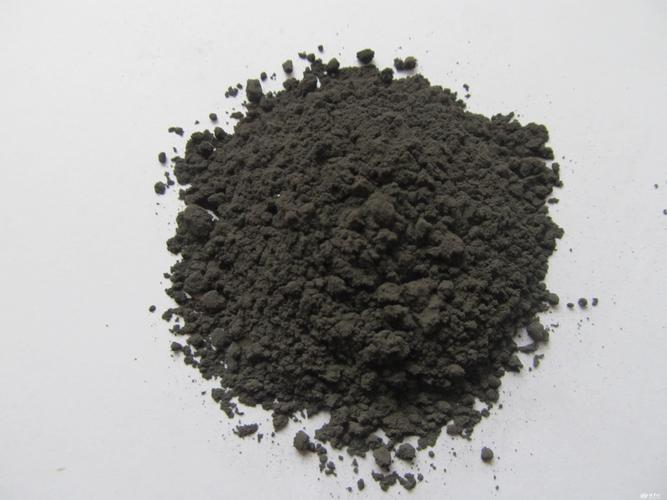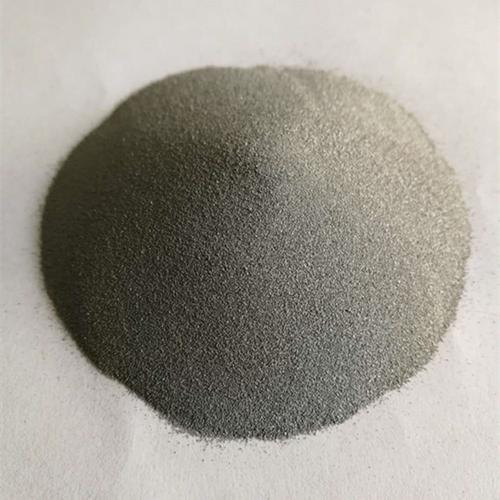**Title: Sprucing Up Powder Coated Metal: A Paint Job That Sticks**
(How To Paint On Powder Coated Metal)
So you’ve got a powder-coated metal piece—maybe a garden chair, a bike frame, or a toolbox. It looks tough, right? Powder coating is like armor for metal, baked on to resist scratches and weather. But what if you want to change its color or fix a chip? Painting over it isn’t as simple as slapping on a coat of spray paint. Let’s break it down.
First, figure out why you’re doing this. Is the powder coat scratched? Faded? Or do you just hate the color? Powder coating is durable, but it’s not invincible. Over time, sunlight, moisture, or rough handling can wear it down. If the coating is peeling or flaking, you’ll need to fix that before painting.
Start by cleaning the surface. Use soapy water and a scrub brush to remove dirt, grease, or grime. Powder-coated metal often feels smooth, but paint won’t stick if there’s hidden residue. Rinse it well and let it dry completely. No shortcuts here—wet spots ruin adhesion.
Next, sand the surface. Grab medium-grit sandpaper (around 120-180 grit). Scuff the entire area you plan to paint. Don’t sand too hard—you’re not trying to strip the powder coat, just rough it up so paint can grip. Wipe away dust with a tack cloth or damp rag. Miss this step, and your paint might peel off like a sticker.
Now, prime it. Regular primer won’t cut it. Use a bonding primer designed for slick surfaces. Spray primers work best for even coverage. Hold the can 8-10 inches away and apply thin, even coats. Let the first coat dry before adding a second. Primer acts like glue between the powder coat and your new paint. Skip it, and you’ll regret it later.
Time for paint. Choose a type made for metal—spray paint, acrylic, or oil-based. Spray paint is easiest for smooth finishes. Shake the can well, then spray in steady back-and-forth motions. Start and stop spraying slightly off the edge to avoid drips. Apply multiple thin layers instead of one thick glob. Wait 15-20 minutes between coats. Patience keeps things from getting sticky or bubbly.
Let the paint cure. Drying to the touch takes an hour, but full hardening might need days. Check the paint can for specifics. Avoid using the item until the paint fully sets. Rushing this means scratches or fingerprints.
What if you’re painting a large object, like a metal gate? Same rules apply. Clean, sand, prime, paint. Work in sections if needed. For intricate designs, use painter’s tape to mask off areas. Peel the tape carefully once the paint is dry to avoid tearing.
Watch out for common mistakes. Using the wrong primer? Paint slides off. Skipping sanding? Same result. Painting in humidity? Hello, bubbles. Cold weather? Paint takes forever to dry. Pick a dry, mild day for best results.
Tools matter too. Cheap brushes leave streaks. Low-quality spray paint sputters. Invest in decent supplies—they’re worth it. Wear gloves and a mask to avoid inhaling fumes or getting paint on your skin.
Still nervous? Test your plan on a small, hidden area first. If the paint sticks after a week, go all in. If it peels, reassess your prep work. Sometimes powder coating is too damaged, and stripping it entirely is better. But that’s a story for another day.
(How To Paint On Powder Coated Metal)
Painting over powder-coated metal isn’t magic. It’s about prep work and patience. Nail those, and you’ll turn a tired-looking piece into something fresh and personalized. No fancy skills needed—just follow the steps and let the paint do its thing.
Inquiry us
if you want to want to know more, please feel free to contact us. (nanotrun@yahoo.com)


